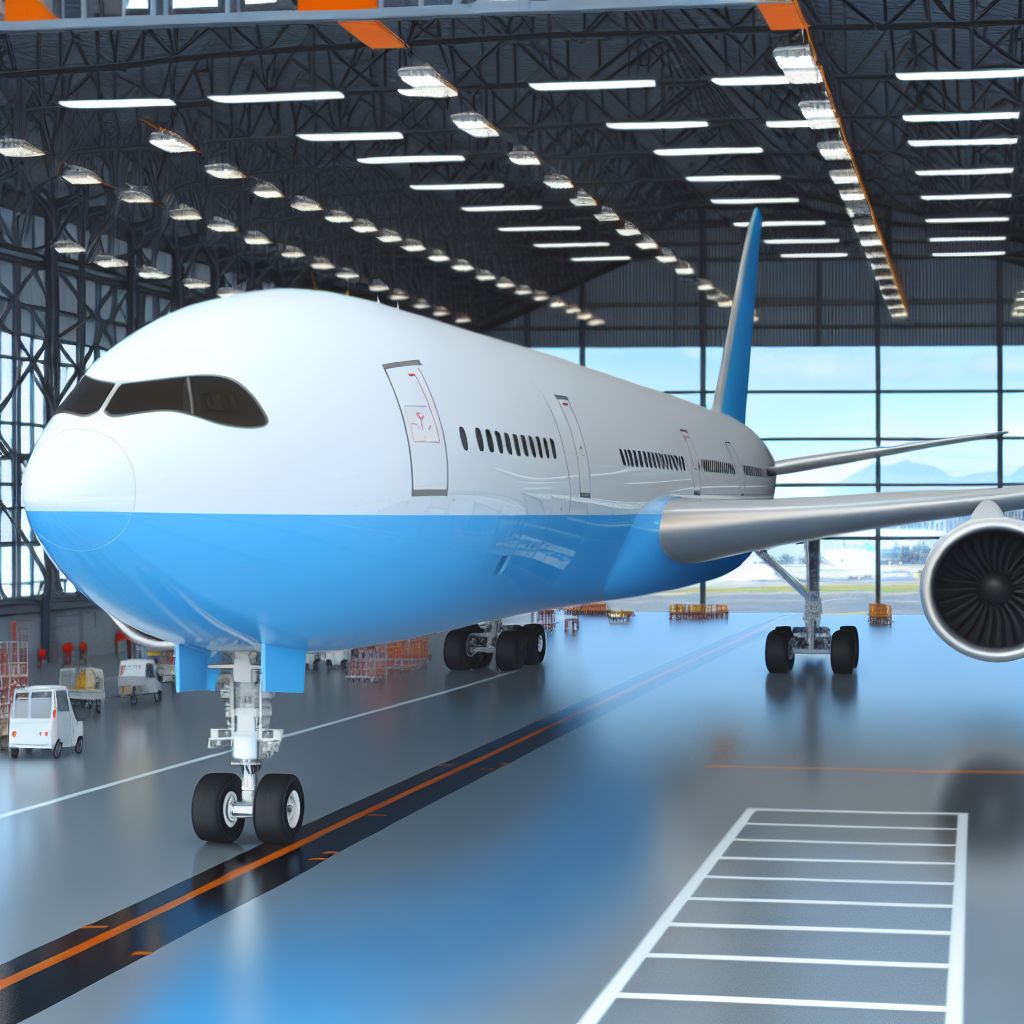Deutsch: Flugzeug / Español: Avión / Português: Avião / Français: Avion / Italiano: Aeroplano
An airplane (or aeroplane, plane) is an aircraft with wings that is moved forward by the power of a jet engine or propeller. Airplanes for travellers are flown by a pilot (mostly two on board).
Description

An airplane is a type of aircraft that is used for air travel. It typically has wings, engines, and a fuselage to carry passengers and cargo. Airplanes are a popular mode of transportation for long-distance travel, as they can cover great distances in a relatively short amount of time. They are operated by pilots and can fly at high altitudes, cruising speeds, and are equipped with various safety features.
Application Areas
- Commercial air travel
- Cargo transportation
- Emergency medical evacuation
- Military operations
- Aerial firefighting
Treatment and Risks
- Jet lag
- Anxiety or fear of flying
- Deep vein thrombosis (DVT) due to prolonged sitting time
- Altitude sickness
- Airplane food allergies or reactions
Examples
- A family flying to a tropical vacation destination
- A business traveler on a cross-country flight for a meeting
- An expedition team using a plane to reach a remote Location
- An airline transporting goods between countries
- A medical evacuation flight for a critically ill patient
Similar Concepts and Synonyms
Weblinks
- space-glossary.com: 'Airplane' in the space-glossary.com
- top500.de: 'Airplane' in the glossary of the top500.de
Summary
An airplane is a crucial means of transportation in the travel context, allowing individuals to cover long distances quickly and efficiently. Whether used for commercial air travel, cargo transportation, or emergency evacuations, airplanes play a vital role in connecting people and goods around the world. However, travelers should be aware of potential risks such as jet lag, fear of flying, and deep vein thrombosis, and take necessary precautions to ensure a safe and comfortable journey.
--
Related Articles to the term 'Airplane' | |
| 'Aviation' | ■■■■■■■■■■ |
| Aviation in the context of travel refers to the use of aircraft, particularly airplanes and helicopters, . . . Read More | |
| 'Wide-body' | ■■■■■■■■■ |
| Wide-body: A wide-body aircraft is a large airplane with a fuselage wide enough to accommodate two passenger . . . Read More | |
| 'Jet' | ■■■■■■■■■ |
| In the travel context, a "jet" typically refers to a jet aircraft, which is a type of aircraft that uses . . . Read More | |
| 'Airplane' at top500.de | ■■■■■■■■ |
| The term airplane may refer to the following: airplane (also aeroplane, plane), a type of powered, fixed-wing . . . Read More | |
| 'Freight' | ■■■■■■■■ |
| Freight in the travel context refers to the transportation of goods and cargo, as opposed to passengers, . . . Read More | |
| 'Aeroplane' | ■■■■■■■■ |
| An aeroplane in the travel context refers to a powered flying vehicle with fixed wings, used primarily . . . Read More | |
| 'Air' | ■■■■■■■■ |
| Air: In the travel context, 'air' refers to air travel or aviation. It encompasses the transportation . . . Read More | |
| 'Equipment' | ■■■■■■■ |
| Equipment is a 'technical' term for 'the plane'. . . . Read More | |
| 'Transportation' | ■■■■■■■ |
| Transportation: In the travel context, 'transportation' refers to the various means of getting from one . . . Read More | |
| 'Cargo' | ■■■■■■■ |
| Cargo (or freight) is goods or produce transported, generally for commercial gain, by ship or aircraft, . . . Read More | |
